bahmanm
Husband, father, kabab lover, history buff, chess fan and software engineer. Believes creating software must resemble art: intuitive creation and joyful discovery.
Views are my own.
- 47 Posts
- 113 Comments
Besides the fun of stretching your mental muscles to think in a different paradigm, Forth is usually used in the embedded devices domain (like that of the earlier Mars rover I forgot the name of).
This project for me is mostly for the excitement and joy I get out of implementing a Forth (which is usually done in Assembler and C) on the JVM. While I managed to keep the semantics the same the underlying machinery is vastly different from, say, GForth. I find this quite a pleasing exercise.
Last but not least, if you like concatenative but were unable to practice fun on the JVM, bjForth may be what you’re looking for.
Hope this answers your question.
Whoa! This is pretty rad! Thanks for sharing!
That’s definitely an interesting idea. Thanks for sharing.
Though it means that someone down the line must have written a bootstrap programme with C/Assembler to run the host forth.
In case of jbForth, I decided to write the bootstrap too.
That’s impossible unless you’ve got a Forth machine.
Where the OS native API is accessible via C API, you’re bound to write, using C/C++/Rust/etc, a small bootstrap programme to then write your Forth on top of. That’s essentially what bjForth is at the moment: the bootstrap using JVM native API.
Currently I’m working on a set of libraries to augment the 80-something words bjForth bootstrap provides. These libraries will be, as you suggested, written in Forth not Java because they can tap into the power of JVM via the abstraction API that bootstrap primitives provide.
Hope this makes sense.
Haha…good point! That said bjForth is still a fully indirect threaded Forth. It’s just that instead of assembler and C/C++ it calls Java API to do its job.
 2·2 years ago
2·2 years agoThanks for the pointer! Very interesting. I actually may end up doing a prototype and see how far I can get.
Good question!
IMO a good way to help a FOSS maintainer is to actually use the software (esp pre-release) and report bugs instead of working around them. Besides helping the project quality, I’d find it very heart-warming to receive feedback from users; it means people out there are actually not only using the software but care enough for it to take their time, report bugs and test patches.
 1·2 years ago
1·2 years agoI usually capture all my development-time “automation” in Make and Ansible files. I also use makefiles to provide a consisent set of commands for the CI/CD pipelines to work w/ in case different projects use different build tools. That way CI/CD only needs to know about
make build,make test,make package, … instead of Gradle/Maven/… specific commands.Most of the times, the makefiles are quite simple and don’t need much comments. However, there are times that’s not the case and hence the need to write a line of comment on particular targets and variables.
 1·2 years ago
1·2 years agoCan you provide what you mean by check the environment, and why you’d need to do that before anything else?
One recent example is a makefile (in a subproject), w/ a dozen of targets to provision machines and run Ansible playbooks. Almost all the targets need at least a few variables to be set. Additionally, I needed any fresh invocation to clean the “build” directory before starting the work.
At first, I tried capturing those variables w/ a bunch of
ifeqs,shells anddefines. However, I wasn’t satisfied w/ the results for a couple of reasons:- Subjectively speaking, it didn’t turn out as nice and easy-to-read as I wanted it to.
- I had to replicate my (admittedly simple)
cleantarget as a shell command at the top of the file.
Then I tried capturing that in a target using
bmakelib.error-if-blankandbmakelib.default-if-blankas below.############## .PHONY : ensure-variables ensure-variables : bmakelib.error-if-blank( VAR1 VAR2 ) ensure-variables : bmakelib.default-if-blank( VAR3,foo ) ############## .PHONY : ansible.run-playbook1 ansible.run-playbook1 : ensure-variables cleanup-residue | $(ansible.venv) ansible.run-playbook1 : ... ############## .PHONY : ansible.run-playbook2 ansible.run-playbook2 : ensure-variables cleanup-residue | $(ansible.venv) ansible.run-playbook2 : ... ##############But this was not DRY as I had to repeat myself.
That’s why I thought there may be a better way of doing this which led me to the manual and then the method I describe in the post.
running specific targets or rules unconditionally can lead to trouble later as your Makefile grows up
That is true! My concern is that when the number of targets which don’t need that initialisation grows I may have to rethink my approach.
I’ll keep this thread posted of how this pans out as the makefile scales.
Even though I’ve been writing GNU Makefiles for decades, I still am learning new stuff constantly, so if someone has better, different ways, I’m certainly up for studying them.
Love the attitude! I’m on the same boat. I could have just kept doing what I already knew but I thought a bit of manual reading is going to be well worth it.
 1·2 years ago
1·2 years agoThat’s a great starting point - and a good read anyways!
Thanks 🙏
 1·2 years ago
1·2 years agoAgree w/ you re trust.
 1·2 years ago
1·2 years agoThanks. At least I’ve got a few clues to look for when auditing such code.
I didn’t like the capitalised names so configured xdg to use all lowercase letters. That’s why
~/optfits in pretty nicely.You’ve got a point re
~/.local/optbut I personally like the idea of having the important bits right in my home dir. Here’s my layout (which I’m quite used to now after all these years):$ ls ~ bin desktop doc downloads mnt music opt pictures public src templates tmp videos workspacewhere
binis just a bunch of symlinks to frequently used apps fromoptsrcis where i keep clones of repos (but I don’t do work insrc)workspaceis a where I do my work on git worktrees (based offsrc)

 141·2 years ago
141·2 years agoThanks! So much for my reading skills/attention span 😂
Which Debian version is it based on?

 133·2 years ago
133·2 years agoSomething that I’ll definitely keep an eye on. Thanks for sharing!
RE Go: Others have already mentioned the right way, thought I’d personally prefer
~/opt/goover what was suggested.
RE Perl: To instruct Perl to install to another directory, for example to
~/opt/perl5, put the following lines somewhere in your bash init files.export PERL5LIB="$HOME/opt/perl5/lib/perl5${PERL5LIB:+:${PERL5LIB}}" export PERL_LOCAL_LIB_ROOT="$HOME/opt/perl5${PERL_LOCAL_LIB_ROOT:+:${PERL_LOCAL_LIB_ROOT}}" export PERL_MB_OPT="--install_base \"$HOME/opt/perl5\"" export PERL_MM_OPT="INSTALL_BASE=$HOME/opt/perl5" export PATH="$HOME/opt/perl5/bin${PATH:+:${PATH}}"Though you need to re-install the Perl packages you had previously installed.

 3·2 years ago
3·2 years agoFirst off, I was ready to close the tab at the slightest suggestion of using Velocity as a metric. That didn’t happen 🙂
I like the idea that metrics should be contained and sustainable. Though I don’t agree w/ the suggested metrics.
In general, it seems they are all designed around the process and not the product. In particular, there’s no mention of the “value unlocked” in each sprint: it’s an important one for an Agile team as it holds Product accountable to understanding of what is the $$$ value of the team’s effort.
The suggested set, to my mind, is formed around the idea of a feature factory line and its efficiency (assuming it is measurable.) It leaves out the “meaning” of what the team achieve w/ that efficiency.
My 2 cents.
Good read nonetheless 👍 Got me thinking about this intriguing topic after a few years.

 4·2 years ago
4·2 years agoThis is fantastic! 👏
I use Perl one-liners for record and text processing a lot and this will be definitely something I will keep coming back to - I’ve already learned a trick from “Context Matching” (9) 🙂

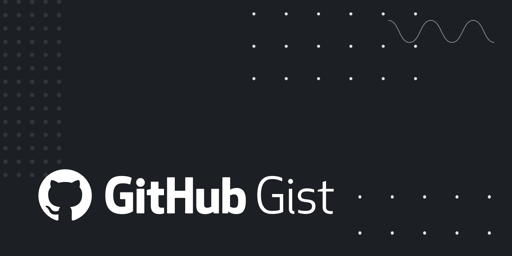
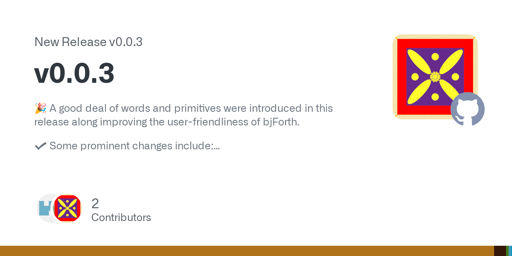
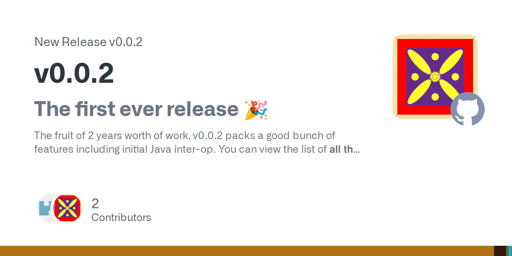
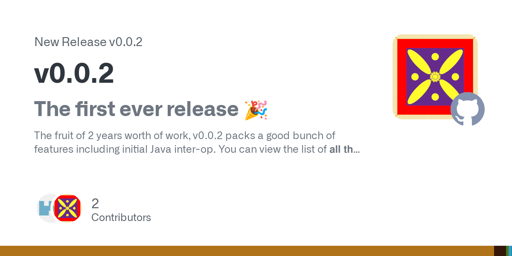
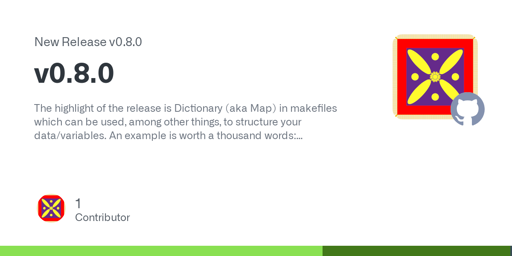

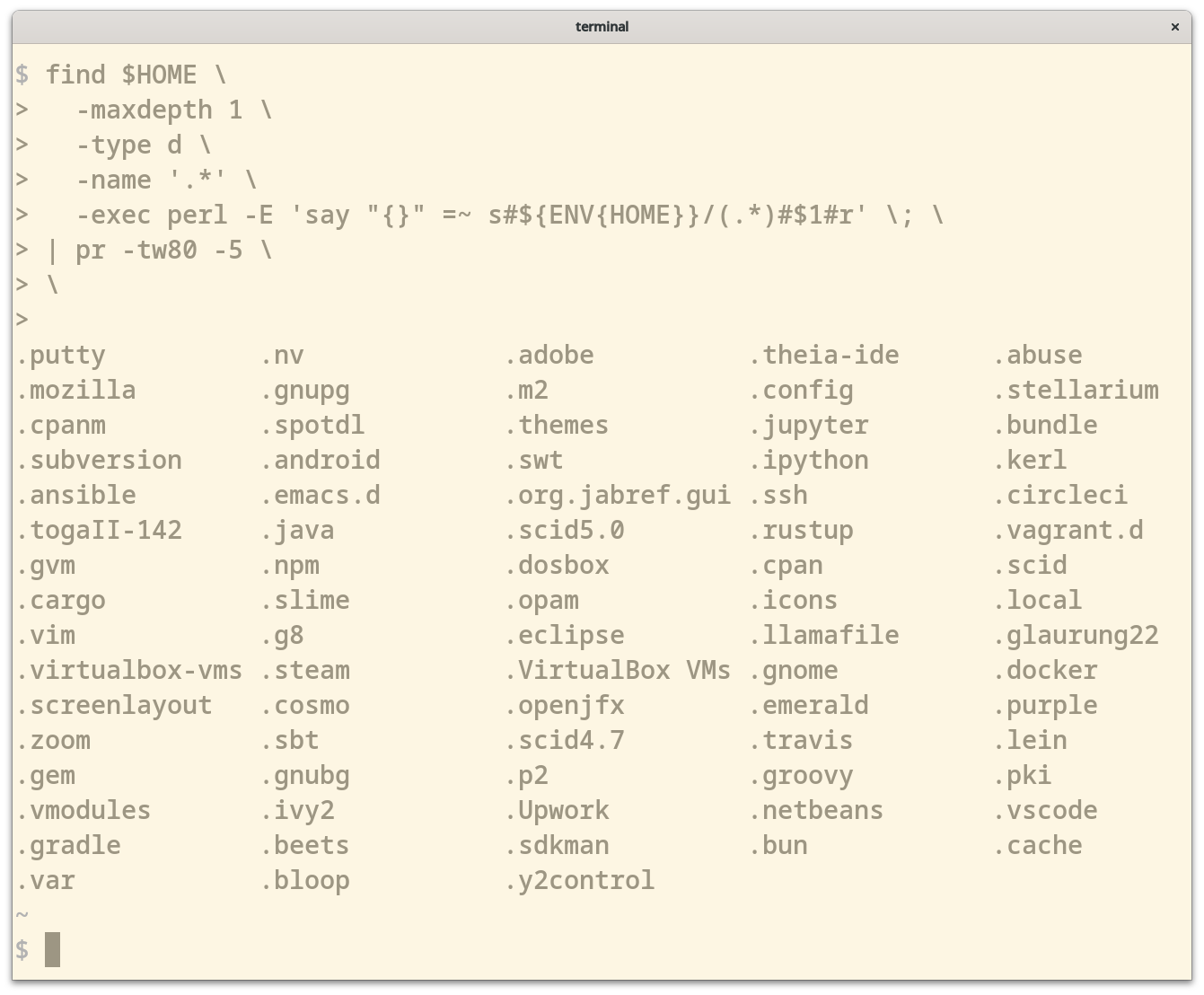
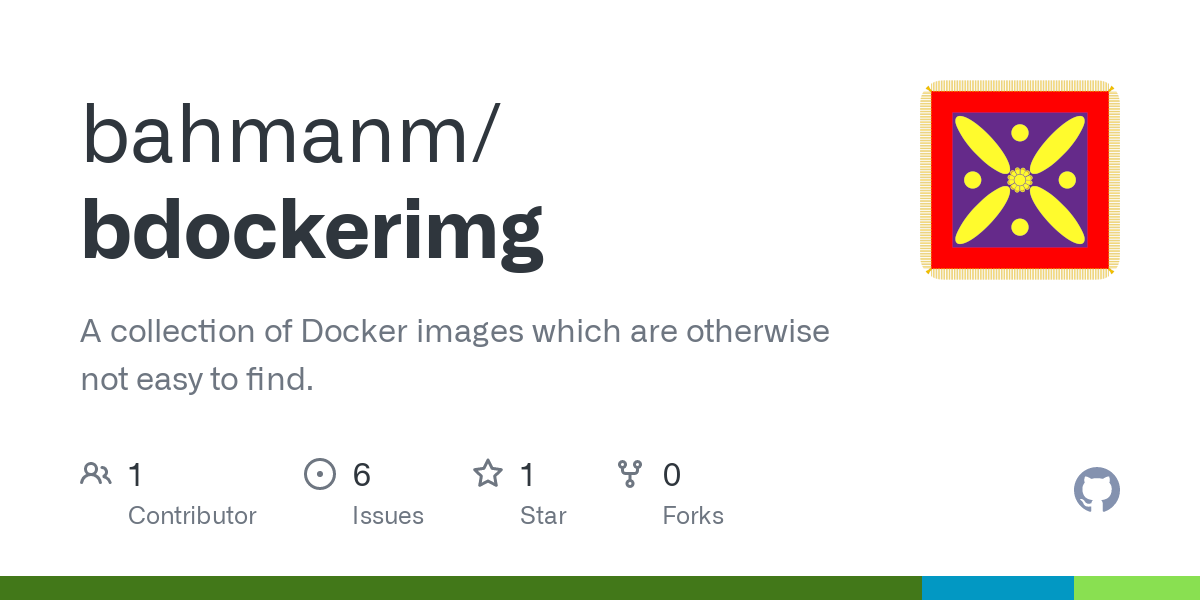



Not really I’m afraid. Effects can be anywhere and they are not wrapped at all.
In technical terms it’s stack-oriented meaning the only way for functions (called “words”) to interact with each other is via a parameter stack.
Here’s an example:
TIMES-10is a word which pops one parameter from stack and pushes the result of its calculation onto stack. The( x -- y)is a comment which conventionally documents the “stack effect” of the word.Now when you type
12and press RETURN, the integer 12 is pushed onto stack. ThenTIMES-10is called which in turn pushes10onto stack and invokes*which pops two values from stack and multiplies them and pushes the result onto stack.That’s why when type
.Sto see the contents of the stack, you get120in response.Another example is
This simple example demonstrates the reverse Polish notation (RPN) Forth uses. The arithmetic expression is equal to
5 * (20 - 10)the result of which is pushed onto stack.PS: One of the strengths of Forth is the ability to build a vocabulary (of words) around a particular problem in bottom-to-top fashion, much like Lisp. PPS: If you’re ever interested to learn Forth, Starting Forth is a fantastic resource.